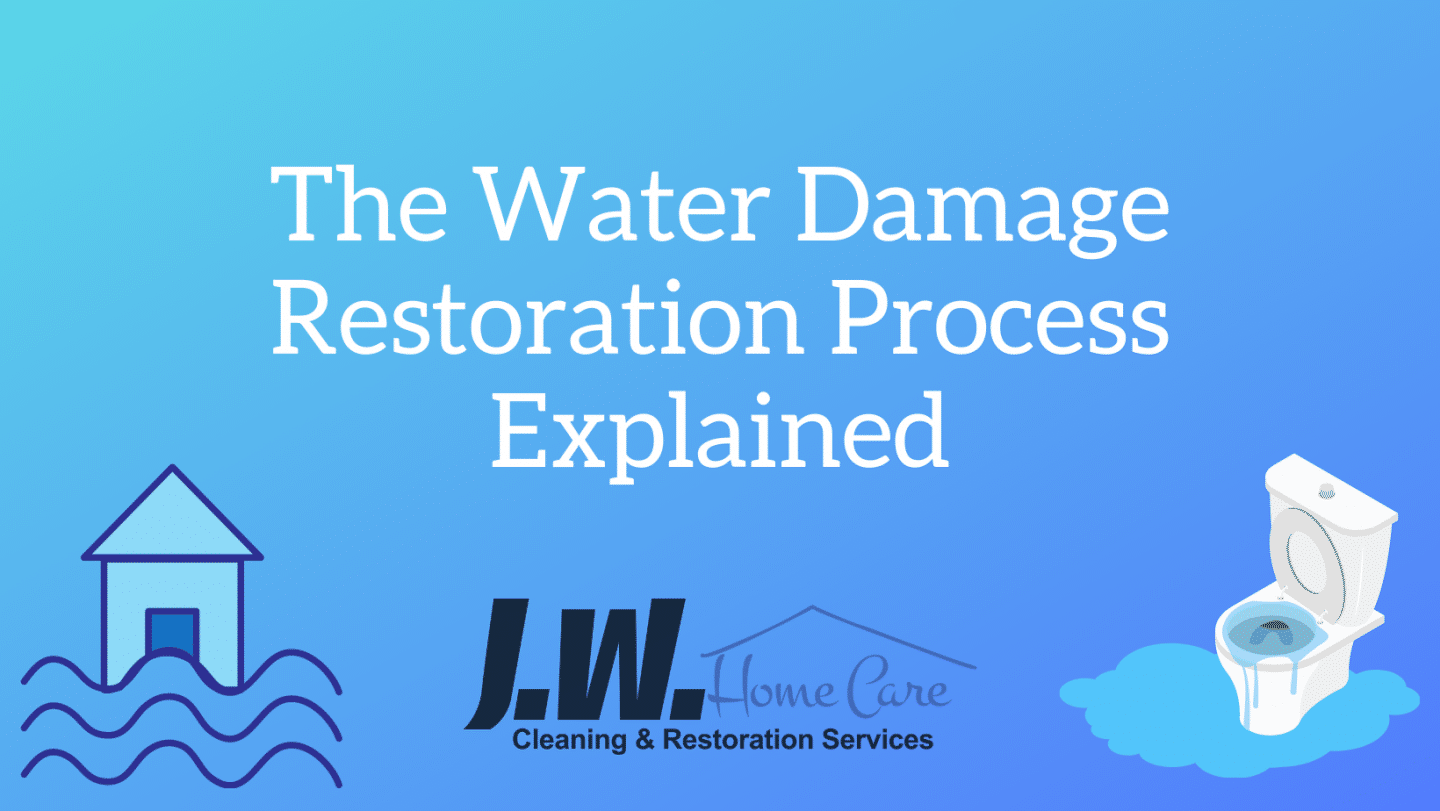
When water enters a home or business and causes damage, it’s important to begin the process of water damage restoration as soon as possible. There are Many factors that go into Water Damage Restoration which will be explained in detail in this article.
The Process Of Water Damage Restoration Can Be broken Down Into Three Stages.
Stage 1
Removing the standing water is the first stage in the process of water damage restoration. Immediately after a flood, homeowners should take steps to remove as much of the standing water as possible. This will make it easier for the process of water damage restoration to be successful and more efficient later on. There are several ways to remove standing water, including using buckets or mops, mopping with towels or rags, using large commercial fans and dehumidifiers, opening windows to allow air circulation that will pull moisture out through evaporation or simply throwing towels on top of puddles so they absorb the excess liquid on their own. However it’s done, the process of water damage restoration is easier if standing water is removed as soon as possible.
Stage 2
Once all the standing water has been removed, homeowners need to take steps to remove any items that were damaged by the water. This process may require professional assistance from a fire and water restoration service provider since it involves getting rid of certain types of materials that pose health risks to humans, such as insulation or drywall that have been saturated with stagnant water for more than 48 hours. There are several ways a home’s contents can be disposed of after a water damage. Some companies offer junk removal services while others specialize in debris disposal or complete demolition and rebuilds. When choosing a company for this process, it’s important to choose one that can deal with removing potentially hazardous material.
Stage 3
Finally, once all the water damage has been eliminated and any contaminated items have been removed from the home. This process should be handled by a professional restoration service provider since there are many techniques that must be used in order for it to be successful. They often use dehumidifiers and disinfectants as part of their process as well as ozone generators. When the water damage is completed you can take steps such as installing additional ventilation, selecting floors that can withstand moisture, using paints that are created to be mold-resistant and drywall made with materials that can resist water damage.
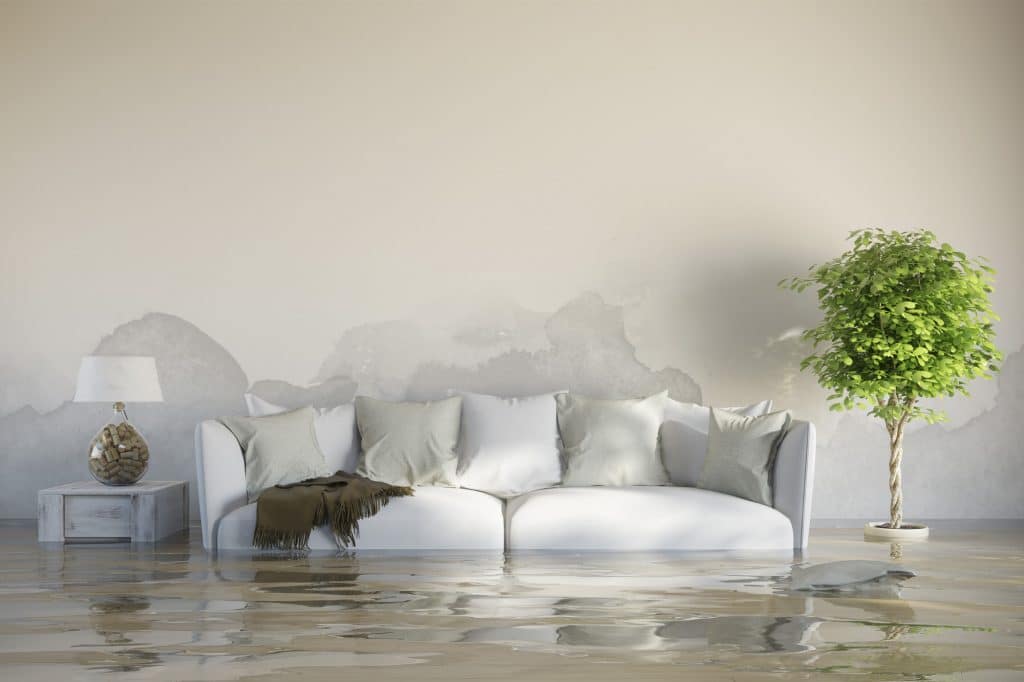
What Are The Main Causes Of Water Damage?
Water damage causes can be either natural or man-made. These causes include things like storms, burst pipes, and leaks from appliances. The causes of water damage can also be a result of a miscellaneous mishap–such as a toilet overflows due to poor flushing habits.
Natural causes of Water Damage
The first type of causes is the natural causes which mostly come from the surroundings of the house such as hurricanes or tornadoes or excessive rainfall, all cases can result in moisture seeping into your home’s foundation.

Man-made causes of Water Damage
The causes that are man-made include causes that come from different appliances in your home, such as dishwashers or washing machines. When these appliances overflow, the causes can be devastating to homes because not only does it damage the appliance but also causes widespread moisture in flooring, walls, ceilings and attics making your whole house suffer from mold infestation. The other causes are usually the result of faulty plumbing installations which often occur with poorly done waterproofing jobs or improperly attached supply lines.
Burst pipes are also another common cause of water damage, burst pipes tend to be major causes when the weather starts getting colder, burst pipes can cause anything from a small leak to extensive damage and this is because it causes water damage in your home that often goes unnoticed until there is too much moisture and mold.
Toilet overflows are usually an indication of poor flushing habits but they can also be indications of bigger problems within the plumbing system such as collapsed supply lines or corroded valves.
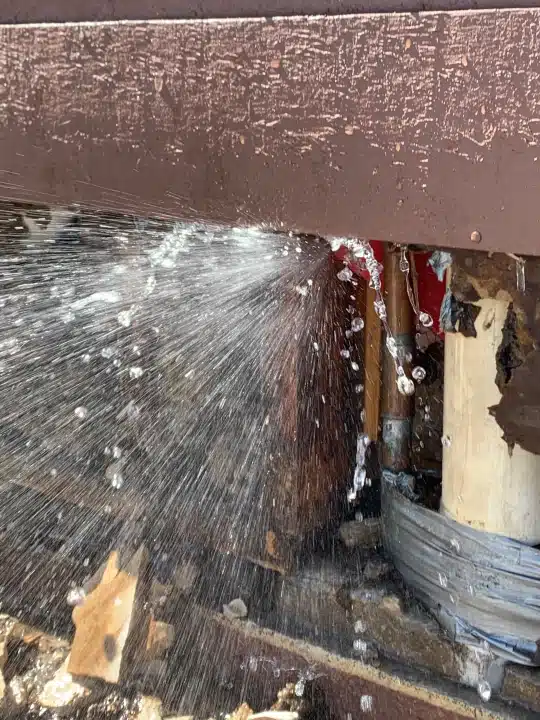
Is Water Damage Covered By My Insurance Company?
The types of water related damages that are covered by a water damage insurance company depends on your policy. In most cases a water related incident, such as a burst pipe or a water heater malfunction will be covered under your homeowners insurance. If water has been allowed to sit for too long it may even qualify for coverage if the home owner, or someone who was responsible for upkeep of the property neglected proper maintenance and preventative measures like draining water from appliances and letting dehumidifiers run after floods. The problem is that water can do tremendous unnoticed damage over time, and not everyone knows how to notice signs of water problems before they become catastrophic damages.
The water damage that is the most difficult to understand is water damage caused by water that has not come into contact with anything else. This water damage comes from hidden sources, like water seeping behind walls or in floors and ceilings. This water related damage can go by unnoticed until there is heavy water damage, which might be too late for your insurance company to cover. For this reason it’s important to take proactive measures in protecting your home against unseen water problems, even if you don’t think they are an issue right now.
One way you can protect your home against water problems is with a moisture sensor. Moisture sensors will notify you when humidity levels get high enough in specific areas of your house where water mold, mildew, and other water damage problems could become a threat. The best way to find out if water damage is cover in your policy is to check with your insurance company.
How To Prevent A Water Damage?
Did you know that every 40 seconds, a water damage occurs in the United States? With such frequent and potentially devastating occurrences, it’s crucial to take preventative measures that will prevent damage from occurring. Water damage is an unfortunate event that can happen anywhere at any time. While preventative steps are crucial, it’s important to be aware of the warning signs for water damage so you know how to prevent a water damage before it occurs.
Here are five preventative tips that will help ease your mind.
1. Keep your gutters clean of debris. If allowed to accumulate, leaves and other natural elements prevent proper drainage of rain water on your property which can lead to a massive amount of water penetrating a weak section in your roof, resulting in a leak!
2. Check the exterior areas for cracking paint or peeling siding. These common damages can be caused by moisture build up behind deteriorating exterior walls which could lead to water damage if not treated immediately.
3. Inspect the basement for cracks in the foundation, leaks through cement joints and leaking pipes. These are just some telltale signs that preventative measures should be taken before any damage is done.
4. Ensure toilet tanks have been sealed with plumber’s tape when installing new toilets. If left unsealed, over time water will begin to seep through the flapper valve and into the bowl resulting in unsanitary conditions that can lead to preventable damage.
5. Keep your appliances up to date by having them serviced once a year. Older appliances are more likely to malfunction and leak causing preventable damage.
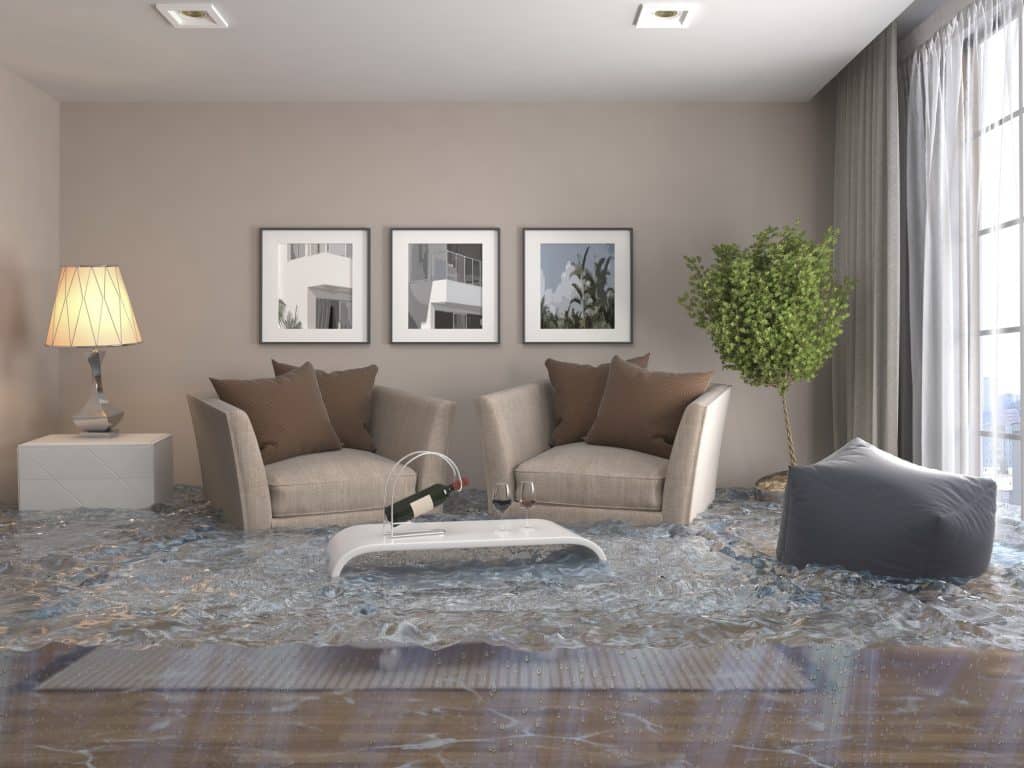
What are the Hazards of Water Damage?
Water damage has many negative effects on your home. The most obvious is the structural damage that water can cause to your building. However, there are any other dangers in ignoring water damage that you may not have thought of before.
There are many different types of water that can cause significant problems to your home and it’s inhabitants. The foremost danger is biological contaminants that naturally occur in flood waters such as sewage, viruses, and bacteria. The flood water poses a threat for any open wounds or cuts you may have while wading through the flood waters or while cleaning up afterwords. The flood water can also seep into the floorboards and walls causing fungus growths such as mold. The indoor air quality could become very dangerous should mold spores enter your respiratory system .
The other danger is electrocution due to faulty wiring. The last threats are chemical contaminant which you may not be able to see but pose the most risk of long term sickness. The water damage can also cause serious external damage that can be seen very easily such as warping wood floors, rotting walls, and peeling paint. The water damage could also be causing unseen problems within your walls such as rusting metals and rotting wood. The hazards of water damage can cause many issues that could ultimately destroy your home or create a liability issue. The danger of hidden dangers could hinder any future sale you plan on making because the potential buyer may see these things to be too great of an issue to pay for.
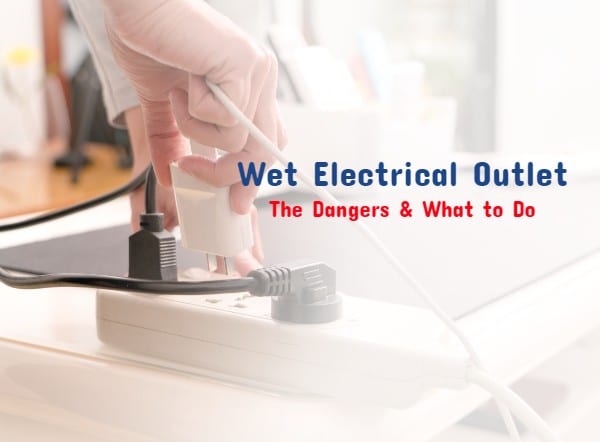
How To Find A Great Water Damage Restoration Company
When you find yourself faced with water damage, finding a top-notch restoration company can seem like an intimidating task. Here are some steps to take when searching for the ideal water damage restoration company before disaster strikes.
1) Make Yourself Aware Of The Different Types Of Restoration Companies And What They Specialize In
There are different types of water damage companies specializing in different areas. Some companies do not specialize in any area of restoration, instead they offer general services which cover all varieties of disasters. Other companies might be limited to only one type of service; roofing, mold removal or carpet cleaning for example. By educating yourself on the various types of services offered by these companies you will find it easier to pinpoint the right fit for your situation .
2) Ask The Right Questions
When you find a few companies that specialize in water damage, call them up and ask about their services. Make sure to find out what type of equipment they use, if the staff is certified experts in restoration, if the company has insurance coverage, and an emergency line available 24/7.
3) Find Out About Their Previous Clients And How Well They Were Satisfied With The Service
If it is possible find out how well past clients were satisfied with the service provided by any prospective companies. You can usually find this information through online review sites such as Google, Nextdoor, Facebook and Yelp or word of mouth from other people have used these services before.
4) Find Out About Their Pricing And Discounts
Price is an important factor in deciding on a company, so find out what price range you are looking at. Also find out if there are any discounts available. Sometimes the cost of restoration can be pricey, especially when dealing with larger commercial properties that have suffered extensive damage. Make sure to find out if it is possible to negotiate the price any time repairs are needed.
5) Contact References
If possible find out if previous clients are willing to act as references for this water damage restoration company. If you find clients who were satisfied with their services in the past but do not want them using your name make sure to ask for permission to use their email or phone number so they can answer.

What Is A Public Adjuster ?
Public adjusters are people who help individuals with insurance claims. The main job of a public adjuster is to gather information about the damage that has occurred. The public adjuster then presents that information to the insurance company in order to get a claim paid. A public adjuster can help during any type of claim process. This includes claims such as wind and hail damage, hurricanes, fires, and even theft.
In many cases, homeowners do not have the knowledge or experience necessary to file a claim with their insurance company. A public adjuster can help to make this process easier. They are also there to make sure that the insurance company fully pays for all lost items. This includes things such as furniture, clothing, televisions, and even food. While this may seem like a lot of work, it is important to realize that the public adjuster is only getting paid when the claim is paid in full.
When you purchase homeowners or renter’s insurance, your policy will come with the option to retain an independent representative known as a public adjuster (or private insurance adjustor) to file your claims and negotiate on behalf of yourself and your insurer. They work for their clients, not the insurer, which means they are completely objective when it comes to assessing damages. A public adjuster’s fees are usually paid by the client but not always, and their level of compensation is predetermined by the insured.
To start, a public adjuster has to be hired or contracted. After this initial step is done, they will generally do four things:
1) Evaluation
The first step for a public adjuster is to conduct a thorough evaluation of your property and its condition after the damage occurs. They usually keep the original documentation and then take new photos and videos as needed.
2) Negotiation
Public adjusters generally communicate with both the insurer and other contractors on behalf of their clients during the settlement process. After all the documentation has been gathered, public adjusters then negotiate with insurers to ensure that their clients are being fairly compensated in full for damages. They also represent their clients in court in some cases, but this is rare.
3) Reporting
Public adjusters will submit claims reports to either you or your insurer after negotiations have finished. If they are handling the entire claim on behalf of an insured party, they may also prepare closing reports which are submitted upon final settlement.
4) Documentation
Most public adjuster contracts require that they hold onto important paperwork related to the claim until it is finally resolved. This typically includes copies of estimates, receipts, invoices and other documents related to repairs.

What To Expect From A Water Damage Company
Water damage can happen to anyone. When an unforeseen disaster strikes, a water restoration company may be the first place people turn to for help. The thought of being displaced from your home because of a flood or an appliance burst is terrifying, but there are expectations that should be met by a reputable company.
To start with, it’s important for customers to know what their expectations will be from a water damage contractor. Most homes have basic procedures in place when water damage has occurred and needs extensive work done. In the case of clothes dryers or dishwasher malfunctions, a quick fix usually does the trick until a technician can come out and take a look at the problem. When dealing with flooding issues caused by things like hurricanes or sewage backups, the expectations are much higher when it comes to restoration. You should expect your water damage company of choice to take their time and do thorough work.
If you’ve ever dealt with flooding in your home, then you know just how overwhelming it is. It’s hard enough to deal with the loss of personal items that can’t be recovered without having to worry about what kind of company you’re hiring to come in and fix everything up again. That’s why expectations must be set in order for expectations to be met. From expectations on how long it will take for someone to come out and survey the problem, all the way down to expectations on what day your flooring or carpet may be ready for install back into your home, there are expectations to be met.
If you need help, don’t hesitate to contact a reputable water damage company. Don’t let nightmares about flooded homes haunt you anymore. If expectations aren’t met, then the nightmare has just begun for you as well as anyone who must deal with such a stressful situation. Make expectations known! And remember: if expectations aren’t met, then you have the right to ask for someone else.

What Are The Different Types Of Water Damage?
Category 1:
Water is clear water from a clean source. This includes water from supply lines, melted ice, condensation, and collections of standing water that has not been contaminated with anything which would make it dangerous.
Category 2 Water:
This category of water damage is usually referred to as greywater and includes any form of wastewater that is no longer clear and most often contains detergents, chemicals or soap scum. Category 2 Water can include pre-existing problems such as faulty backflows in plumbing fixtures when these leaks are discovered during an inspection for another issue.
Category 3 Water:
The final categories of water damage is known as Blackwater and includes any form of wastewater that contains unsanitary or dangerous materials such as feces, urine and other potentially harmful contaminants. This type of water damage requires immediate attention by a professional to ensure the safety of the occupants and further damages are prevented.
Environmental Testing May Need To Be Done
Before starting a restoration on your home, and depending on your local laws, there may be some Environmental Testing that needs to be done. When looking for a restoration company if it extremely important they understand and know the local laws.
Asbestos Testing
The asbestos test will also indicate if asbestos removal is necessary prior to any renovations or repairs being started. This process will help protect those working on a renovation project from asbestos exposure as well as those that live or work in the building after the project has been completed. After these tests have been done it will help determine what type of containment should be put up around the area and how much asbestos was found following an initial investigation.
The types of asbestos that are tested for in a home include: chrysotile, amosite, crocidolite and tremolite. If asbestos has been identified during this process it will help indicate if asbestos containing materials should be removed from a property or if there is a need for extra control measures to prevent the spread of asbestos fibers. In some instances removal may not be required but extra care may need to be taken when disturbing material that contains asbestos. These asbestos fibers can be released into the air and asbestos testing is used to determine asbestos levels in order to properly control, contain and isolate asbestos contaminated materials as well as asbestos containing materials.
Why is Asbestos In My Home?
Many common building materials such as insulation and vinyl flooring were made using asbestos up until about 30 years ago. If not removed prior to renovation or demolition work on these surfaces, asbestos dust can become airborne and spread throughout the structure’s ventilation systems into other parts of the building.
Why Is Asbestos Removal Necessary?
When asbestos is disturbed in any way, tiny asbestos fibers are released into the air. Breathing these invisible fibers is what causes asbestos-related illness. The only way to safely remove asbestos is by using special asbestos handling techniques based on scientific studies of how asbestos particles behave when airborne.
The health risks associated with inhaling asbestos fibers have led most countries to adopt strict asbestos removal laws requiring proper containment and cleanup of materials known to contain asbestos fiber. These laws apply regardless of whether or not an asbestos-containing material appears damaged or worn, so pre-renovation testing for hazardous asbestos is strongly recommended.
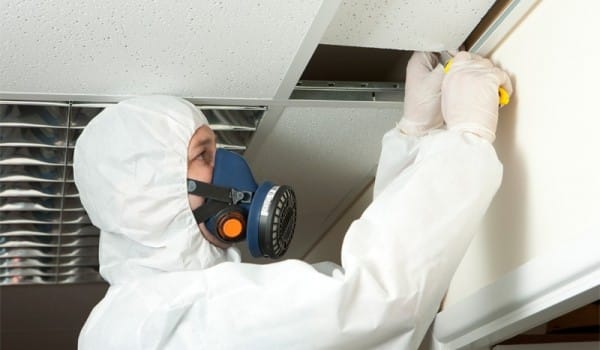
Lead Testing
Lead is a neurotoxin that accumulates in the body over time and can lead to lead poisoning which can cause serious health damage, especially for children who are at risk for learning disabilities because lead affects brain development! Lead testing is necessary so homeowners know how much lead their home contains. Lead is not only dangerous when it’s found in paint or construction materials.
Lead Paint is a major issue in homes built before 1978, but lead poisoning can also be caused by lead found in common household items. Such items include water pipes, lead solder on copper piping, lead-based glazes, and Tiles. Lead paint is the most common cause of lead poisoning today because it’s often not recognized as a health hazard.
Even if a house was built before 1978 there’s no guarantee lead was not used as a construction material. Just because an older house doesn’t appear worn down from lead paint doesn’t mean it isn’t hiding lead paint somewhere on its surface. In fact, the less wear and tear on a house, the more likely it has lead hidden behind its walls.
Lead dust can easily be inhaled and lead particles that find their way into a child’s mouth can lead to lead ingestion. These lead particles can then lead to lead poisoning, which is extremely dangerous and may even be fatal.
How Did Lead Paint Get Into Your Home
In the mid 20th century lead was added to paint in order to speed up drying time and increase resistance to water damage. Lead paint was also more resistant to fungus and mold growth which means it would not have to be repainted often. Unfortunately lead exposure from lead paint can cause physical lead poisoning. Lead poisoning lead to lead-cataracts, lead palsy and lead colic or lead neurosis. Even small amounts of lead can cause serious side effects.
There are regulations put in place by the United States government that limit the amount of lead content in most paints to 0.06% (by weight) meaning lead paint cannot contain more than 0.06% lead by weight per volume of lead paint. By using less than this legal amount of lead it is impossible for most people to experience any type of toxicity from ingestion or contact with objects painted with lead based paint.
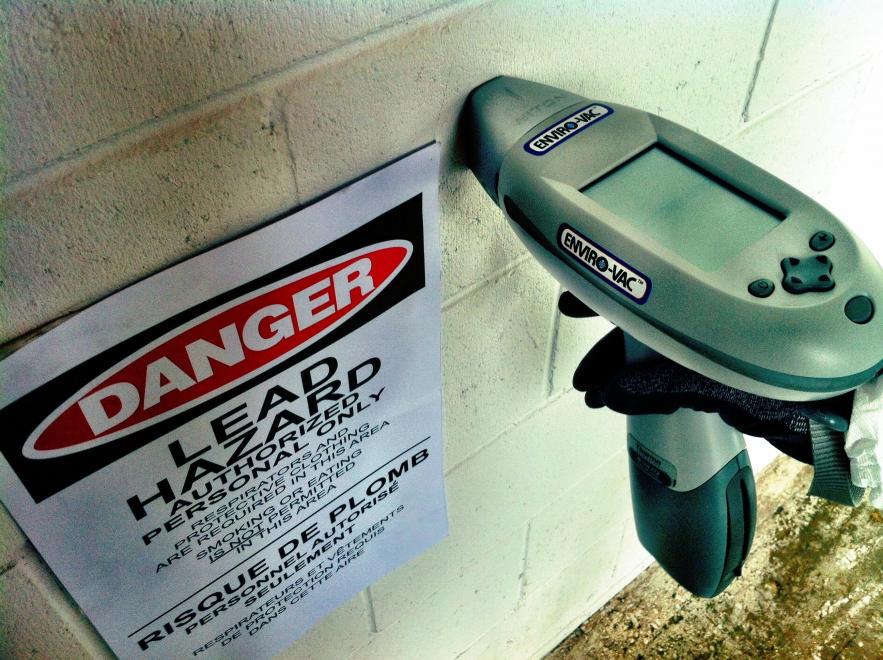
Mold Testing
Mold Testing is a type of mold examination which uses an industry standard mold sample. This mold testing is carried out on surfaces, air or bulk mold samples to determine the presence and quantity of mold spores within the tested area. Mold tests are usually employed when the property owner suspects there is mold contamination in the home or business.
Mold Testing can be performed by a commercial mold testing laboratory who employs a number of different techniques including: Spore Traps, Tape Swab Samples and Petri Dish Analysis.
There are two ways mold testing can be performed – surface sampling and air sampling. Air samples involve taking mold samples from inside an HVAC system, while air samples are taken directly from the room itself with a special apparatus.
Surface mold testing is usually done on visible mold growth on walls, floors or other surfaces around your property. A mold professional would use surface template including spore trap templates to collect mold for examination purposes. Spore traps are adhesive cards containing spores of certain types of fungi that have been strategically placed.
Where Does Mold Grow?
Mold is a form of fungus. It is a living organism that grows in the form of multicellular filaments called hyphae. Molds have been around for millions of years, with evidence dating back to 3 billion years ago. But it’s only recently that they’ve become dangers to humans as we’ve started building houses and other structures that trap moisture inside their walls, allowing mold spores to take hold and start growing.
Mold can grow on almost any surface as long as there’s humidity present from water damage, rain or leaks from plumbing or roofs. Most surfaces are hospitable to molds because they generally do not have the protective layer bacteria has developed. Once these spores land on a wet or damp spot indoors, they start growing and reproducing by releasing spores into the air. In fact, molds can double their numbers every 24 hours, resulting in a colony of mold within a week’s time. Molds release spores as they grow so many people can be exposed before symptoms even begin to appear. Worse still, symptoms may not be noticeable for weeks after exposure due to the slow-growing nature of molds.
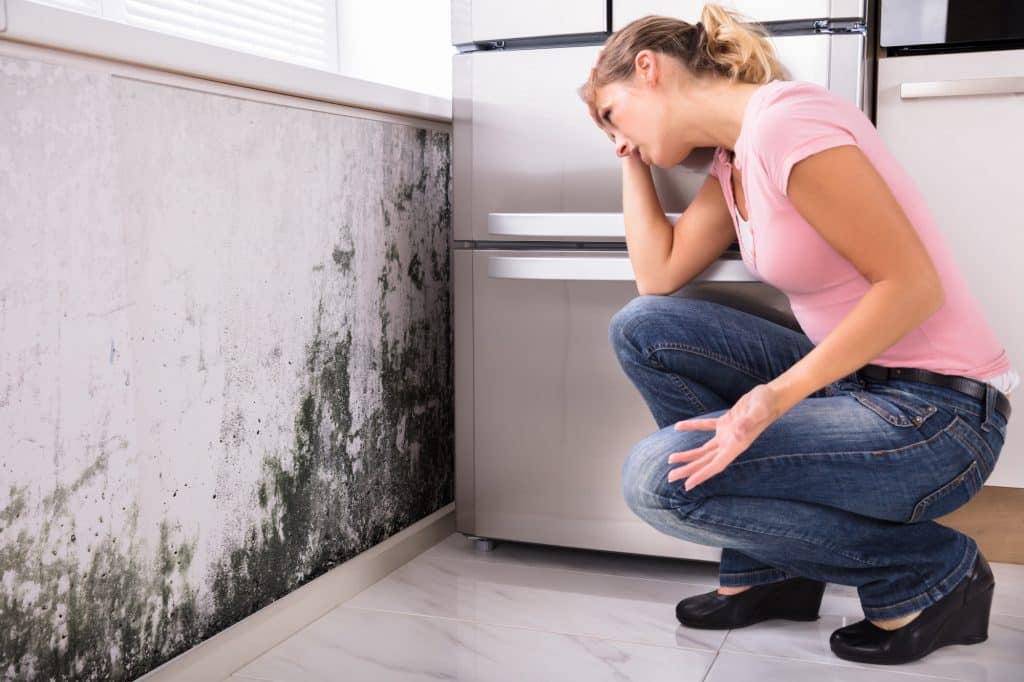
What Are the Dangers of Mold?
The dangers of mold are varied because there are thousands of different species that grow indoors, but some commonly known dangers include: respiratory problems like lung damage or infections, skin infections like athlete’s foot or rashes, irritation to eyes and sinuses, immune deficiency issues and cancer. There is also some evidence pointing toward dangers associated with inhaling mold that may be related to memory loss and the inability to think clearly.
Molds can be dangerous because they release airborne spores that people inhale, causing symptoms like nasal congestion, coughing, sneezing and runny nose. These symptoms are often misdiagnosed as simple allergies when in fact these symptoms may indicate dangerous dangers of mold.
What Is The Average Cost Of Water Damage Restoration?
Water damage can happen in many different ways–broken pipes, leaking roofs, flooding from faulty appliances or basement backups, etc. No matter what causes the initial leak that leads to water damage problems, each case requires extensive attention to remove moisture from all surfaces — often several times over a period of days or weeks. The cost of water damage restoration is high because there can be extensive rebuilding and repair to deal with once the problem has been taken care of and the house is dried out.
Water damage cost is usually determined by the extent of damage and how much work has to be done. For example, if only one room has been flooded, you might simply need to replace damaged baseboards and flooring–in this case cost for water damage restoration would be around $2000-$4000 depending on whether your home’s construction is made from wood, carpet or some other material.
On the other hand, there is the cost of removing and repairing walls and ceilings and in some cases, whole rooms must be ripped out and replaced after getting water damaged. If there was a large amount of standing water that had to be drained before any remediation could begin, cost for water damage restoration will be much higher-around $4000-$8000 or more.
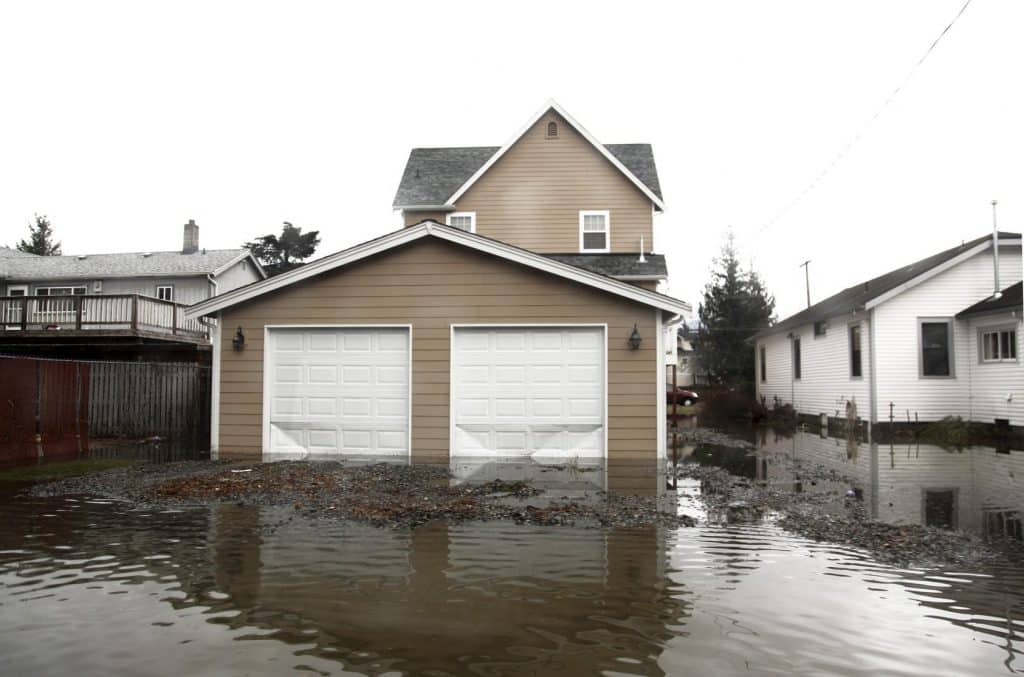
How Is Water Damage Restoration Billed To Insurance Companies
Water Restoration services are usually billed to your homeowners insurance when work needs to be performed at an insured persons home or business. When the job is complete the billing cycle begins. The Water Restoration company takes care of Sending out Invoices, working with you to set up Payment Terms and Making sure that your Insurance company sends out Payment for Your Water damage loss.
This Billing Cycle can take anywhere from 30 days to 60 Days depending on the Water Damage insurance company and your Water Restoration company.
It is very important to make sure you use a Water Damage Company that has been in business for some time and has many references that you can check before you hire them to do Water Restoration work on Your Water Loss. You also want to be sure you ask them what their Billing policy is and how they handle billing with insurance companies on Water damage loss on homes and businesses.
This will help protect both yourself as the insured party, but also help ensure that your Water Restoration Company does not have problems getting paid by your Insurance Company.

Why Is My Mortgage Company Included On My Insurance Pay Out?
When you hear that your mortgage company is included on your insurance pay out, it’s good to find out why. There are many reasons why mortgage companies are included in insurance pay outs, and any one of these can affect you.
As part of the loan contract mortgage companies will often put forward their interest in house insurance claims. If something were to happen to your home they would have a vested interest in the home being repaired to pre-loss condition. Also depending on the mortgage agreement signed by you when you first applied for a mortgage.
You’ll also want to check your local laws and find out if your mortgage company needs to be added onto your insurance claim payout.
How To Get Insurance Payout Funds Released From My Mortgage Company For Repairs?
Be sure to find out why your insurance company added your mortgage company onto your insurance claim. You’ll then want to contact your mortgage company to find out the process of having the funds released.
When you contact the mortgage company, they will first want some proof that you’ve made a payment towards repairs. Be persistent in getting everything ready so that once the mortgage company has the check they can quickly release funds directly into your account without delay.
What Is A Certificate Of Completion (COC)?
A certificate of completion (COC) is documentation given to a client by a contractor, home inspector, or building official after the completion of repairs. COCs are typically required for insurance claims. A certificate of completion should include all necessary information regarding the work performed and when it was completed.
The certificate shall be prepared in letter format and shall contain at least the following information:
1) Name, address, phone number and license number of person performing the work;
2) Date repairs were completed;
3) Specific list of materials installed in compliance with approved construction documents.
Many clients simply receive a faxed or emailed a certificate. However, some will encourage you to create a certificate on an official-looking certificate or certificate template.
When a certificate of completion is requested, it is a good idea to clarify what they are looking for and why they need it. Most likely, it will be for insurance purposes. The certificate of completion can also serve as a record of what was repaired or replaced so that there is no confusion about such things in the future. It would also provide information as to whether or not the work met code requirements and was done properly so there aren’t any issues with possible future inspections.
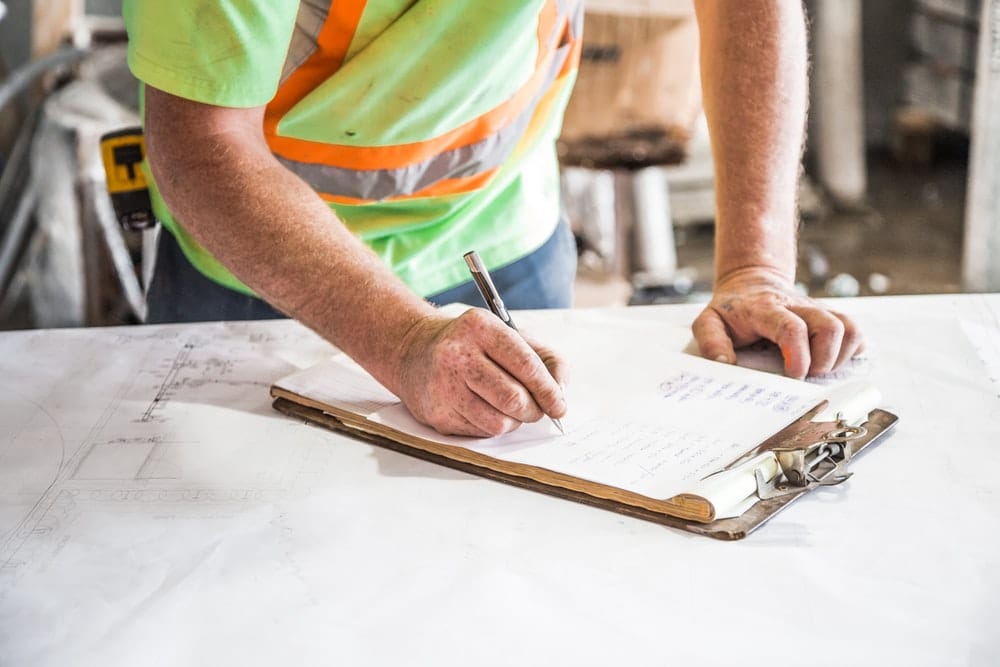
Do I Need To Disclose A Water Damage When I Sell The Home?
One of the problems you may face when selling your home is having to decide whether or not to Disclose A Water Damage. After all, it’s not like water damage is good for your home, but on the other hand you don’t want to scare away potential buyers by revealing that there was an issue in the past! How much do you need to Disclose A Water Damage when you sell your home?
When looking at Disclosing a water damage when you sell the home , it really depends on how bad the damage is. If only a small section of carpeting got wet from a leaky pipe then no Disclose A Water Damage is necessary. However if there are large sections of soggy flooring throughout the house then it’s probably better to Disclose A Water Damage. Disclose A Water Damage also depends on the extent of the damage; if it’s something that can be easily repaired then Disclose A Water Damage is not necessary, but if there has been serious damage Disclose A Water Damage definitely!
You really need to Disclose A Water Damage before selling your house if you had major water damage in the past or if there has been serious structural damage due to water. You’ll want to check with a Real Estate Agent in your area to go over your local laws as well.
What Is The Water Damage Restoration Process?
The Water Damage Restoration process is many different steps that happen in a very short amount of time, let’s go over each of these steps that most restoration companies offer.
Water Extraction
Water extraction is a water damage restoration process that is used in water damage restoration. It is one of the most important water removal procedures that are utilized in water mitigation. The water extraction begins by removing the water from carpets, floors and other surfaces in a building or home. To water extraction water from a surface, water damage professionals will use professional water extraction tools such as truck mounted water pumps and water vacuums. These water removal machines help in the water removal process when removing water from carpet and other surfaces.
Removal of Wet Building Materials
When water damage occurs, the water can cause extensive damage to building materials. Many water damaged building materials are porous and wet enough to provide an environment for mold growth. Removing water damaged materials is important because water helps mold grow rapidly.
Removing water damaged materials also creates additional costs when repairing water damage or fire damage. For example, removing water damaged sheetrock will result in the need to replace it with new sheetrock. Although most water-damaged drywall can be removed, there are times when removing water-damaged gypsum board is not advisable due to high contamination levels of molds and fungi on its surface. Removing water damaged building materials is essential into drying the home properly.
Drying
The basic goal of drying equipment during Water Damage Restoration is to bring down surface humidity levels in order to prevent any further growth of mold or bacteria which thrive on high humidity. Mold thrives in temperatures above 40°F and relative humidity above 65%. Water Damage Restoration drying equipment are designed to reduce humidity levels to 40% or less.
There are many other types of Water Damage Restoration equipment but the two mentioned below are the most common you’ll find out everyday job sites.
Air movers
The number of Air Movers needed will depend upon the size of the area being dried after Water damage. Air movers are usually placed on the floor or ceiling during a water damage restoration to increase air movement. There are also water damage blower fans that can be used as an alternative. Air movers are also a lower cost option.
Dehumidifiers
Dehumidifiers reduce the amount of moisture in the air. The effectiveness of Water damage restoration drying equipment can be reduced if air humidity levels are too low or too high after a Water damage, so both types of Water Damage Restoration equipment are often required.
How to identify Water Damage Drying Equipment.
Look for Water Damage Restoration equipment that has built-in timers or sensors which automatically turn Water Damage Restoration equipment off when there is no longer any moisture present in the area The drying can also stop when humidity levels have been reduced to the desired level after Water damage.

What Happens To My Personal Belongings?
It is common to have personal items that need to be temporary relocated before a water damage restoration can start. This service is known as a Pack Out. Pack Outs fall under the personal property section of your homeowners policy. Items removed from your home during pack out will need to be dried, cleaned, and properly repaired or restored before they can be returned.
Pack Out
A pack out is the process of removing items from a home after it has been flooded by water. A pack out can be performed by experienced pack out teams or, more commonly, by the homeowner themselves with assistance from friends and family. It’s important to note that pack outs should only take place after the initial damage has been inspected and repaired by professionals. Unqualified packers can risk further damage to your property if they attempt pack out procedures on their own.
Pack out teams are equipped to pack out almost anything, including furniture, appliances, electronics, contents of kitchen cupboards or pantries, and more. Items that can’t be packed out should be labelled.
The pack out process itself usually takes place over the course of a few days after the initial water damage has been repaired by professionals. During this time, packers will remain on site to continue drying remaining belongings using fans while you pack out other items.
The pack out process can be physically and emotionally draining for homeowners. To minimize the stress involved in relocating belongings, packers should pack personal items that are easily accessible for removal first . These include fragile or high-value property such as artwork, jewelry cases, suitcases, boxes with sentimental value (ie: photo albums), and more.
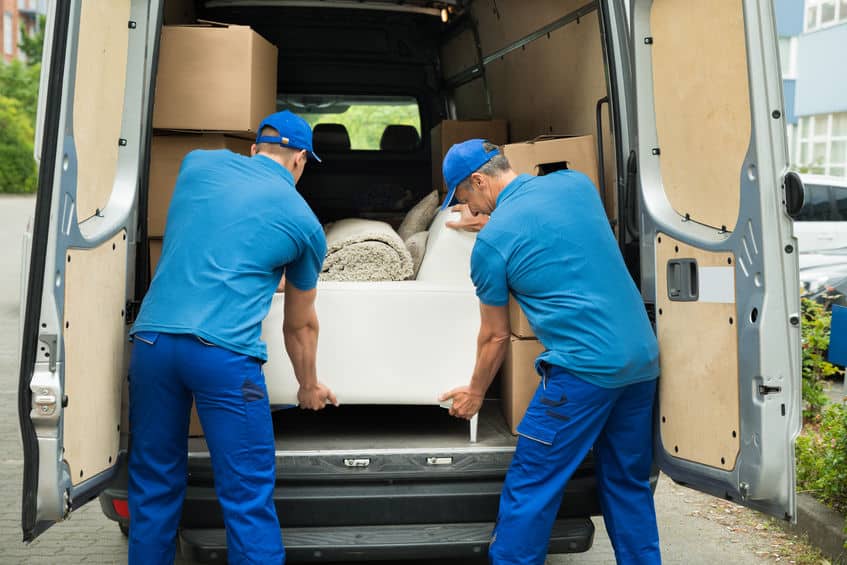
Drying is done, now you need to Rebuild
A rebuild is the process of restoring a home or business that has been damaged by a flood, storm, pipe burst, electrical fire, sewage back-up and other types of water damage. Ideally, you’ll rebuild after a Water Damage as quickly as possible so that life can return to normal. But there are many factors involved in rebuilding after water damage.
A rebuild can take anywhere from four months to a year, depending on the extent of the damage and how quickly you rebuild. Sometimes rebuilds can go much faster if they’re planned for in advance, such as when the owner has already secured temporary housing or is planning to rebuild in stages once certain conditions are met.
These types of rebuilds may even be completed in less than four months if there was no structural damage and minimal renovation work is needed. The insurance company might also decrease your rebuilding costs if it realizes that you were taking steps before their adjuster arrived to protect your home from further flood-related damages, such as by boarding up broken windows and doors or putting down sandbags around your house.
You should also work closely with a contractor or a builder who can help keep your rebuild on track and ensure that quality materials are used.
Ready To Start Your Water Damage Restoration Project?
Water Damages happen to almost everyone at some point in life. But knowing who to call and all the questions to ask you can make this process a little less stressful, and get your home back into working order quicker.

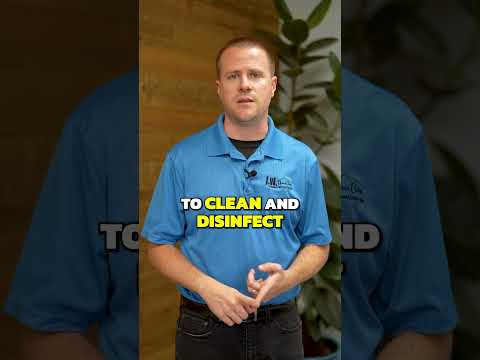


It’s interesting to know that the water damage restoration equipment should have built-in timers or sensors so that they can run automatically and would turn off if there are no moisture in the area anymore. I will make sure to ask about that when I look for a professional to hire if ever I am in that kind of situation, so the outcome of their service would be the best for the property’s condition. We just need to be prepared because we bought a house near the lake that is why it would be better to have professionals that we can contact immediately after a storm.
I’m glad that you talked about that a rebuild is a method of restoring a home that has been damaged by any type of water damage. I remember when I experienced cleaning our property due to water damage because of broken water pipes, and it was a very frustrating experience. Thanks to this informative article, I’ll be sure to consult a trusted water damage restoration service in the future as they can help us to prevent property damage.
I found it helpful when you mentioned that it is a good idea to find a water restoration company that will give you a COC once the project is finished. My house has water damage. When I start looking for a restoration company, I will have to make sure that I ask about COCs.
It’s fascinating how hiring water damage restoration experts could help you deal with any problems a flooding or sewer incident can cause around your home. I heard that my friend had to move to a flood-prone area so that he’d be closer to the sea. Maybe he should consider finding these experts whenever a flood happens around his place!
Thanks for explaining that water damage can also occur due to misuse of the toilet. I’m interested in looking for water damage restoration services soon because I’d like to get my home renovated. It would be best to address some of the water damage in my home before going through with that.
This is such a comprehensive and educational article on water damage restoration. As a local leak detection technician myself, I say this is very on point. I’d love to share this to my clients in the future for educational purposes and to set proper expectations while doing the job.
Learning just how hazardous water damage actually is was really alarming. This feels like something I should do my best to stop as soon as possible with how flooded my house got after a recent storm. The basement area had it the worst, so I’ll call over a water damage expert to help with that area right away.
A few hours ago, our home got flooded due to a pipe that burst out of nowhere, so we’re trying our best to dry everything. It’s helpful to know how floods could lead to dangerous infections and structural damage for our house, so we better start looking for a professional team to help us out. Thanks for the advice on how the water restoration process works to prevent further damage to our home.
Thanks for the reminder that using the right drying methods will also be very important when it comes to getting residential water damage repair services. I’d like to look for such services soon because I will be having my basement renovated soon. Some repairs down there will have to be done in preparation for that.
It’s nice that you talked about how removing the standing water is the first stage in the process of water damage restoration. The basement of our house got flooded and we do not know what to do with it. We definitely need some help, so we should probably ask for a professional water extraction service first.
Understanding the critical stages of water damage restoration is essential for homeowners facing this challenge. Removing standing water swiftly and professionally disposing of damaged materials are key steps. Professionals employ advanced techniques like dehumidifiers and disinfectants to ensure thorough restoration. Choosing a skilled service provider is crucial for effective results and safeguarding your home against future water-related issues. For comprehensive restoration insights, consult trusted professionals who prioritize your home’s safety and recovery.